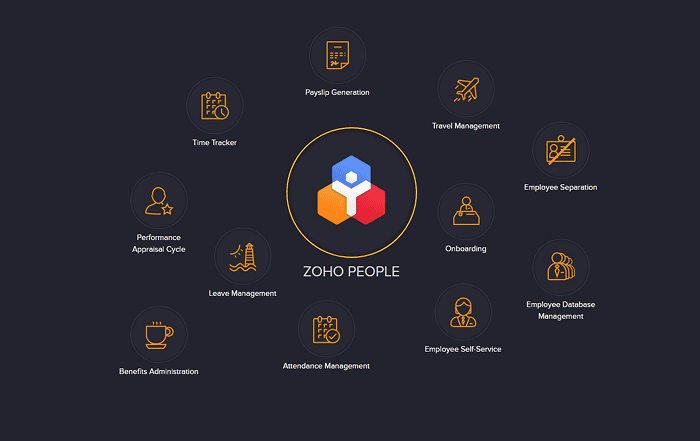
As the world’s leading cloud platform, AWS offers more than 175 featured services to help businesses innovate, become more agile, and lower costs. As a result, millions of businesses around the world use AWS to develop, deploy, and host applications.
AWS is particularly appealing because businesses can customize their services so they’re only paying for what they need, making the on-demand computing platform a flexible and cost-effective solution if managed properly.
To get the most bang for their buck, businesses need to organize and track their cloud usage. This will help them find opportunities to optimize spending and increase savings without sacrificing performance or capacity. Also read Predicting AWS Costs the Right Way
AWS offers a variety of tools to help businesses analyze and optimize costs. Here are a few tips to help you create an effective strategy and manage your budget:
- Use the AWS Cost Explorer to view and analyze your usage
- Identify areas you don’t use regularly and make adjustments
- Set a monthly cost budget
Use the AWS Cost Explorer to View and Analyze Your Usage
To manage costs, it’s really important that businesses analyze their usage in order to optimize their spending.
AWS Cost Explorer provides historical data and current data, allowing users to review charges and usage associated with the account.
Businesses can break down the information to monthly or daily cost per service for each instance type, tag, account, purchase model, service, or region. You can also use filter to remove irrelevant data.
This helps map your most commonly used services and identify unexpected expenses.
It also displays information about cost trends that can help you customize views that suit your needs. Users can click on each of these trends to access a report as well.
This image breaks down how much this user has spent on each service from October 2018 until March 2019.
Source: Amazon Web Services
Total spending decreased between November and December, largely because the account owner spent less on t2.micro services and other services. The other category includes multiple service-relates usage types, IP addresses, NAT gateways, and data transfer, etc.
To break down this spending further, the company can filter their report to EC2-Other and group by usage type. In the three months following that dip, the company was able to limit spending in that category and kept their costs significantly lower.
Additionally, this tool forecasts the data you will use over the next 12 months, which can help business plan ahead.
Identify Areas You Don’t Use Regularly and Make Adjustments
Unfortunately, many users are overspending because they continue to be charged for the services they order, even if those services aren’t being used, or they’re buying more than they need.
AWS is considered cost-effective because their pricing is tiered. However, businesses often default to sizes that are much larger than they need, which means they’re overspending.
In fact, it’s estimated that as much as 70% of cloud costs are wasted.
To prevent unnecessary charges, businesses should regularly review their usage to identify underutilized and idle resources.
AWS provides rightsizing recommendations to help users identify cost-saving opportunities. These reports can show your business the underutilized Amazon EC2 instances across their accounts.
The rightsizing recommendation feature can even calculate how much you could save by making these adjustments. After going through this report, users can choose to either stop or downsize those instances depending on their business needs.
Set a Monthly Cost Budget
With a better understanding of what AWS services they’re using and how much they’re spending, businesses can set budgets to help keep their costs in check.
To manage costs effectively, businesses should outline how much they expect to spend each month going forward with AWS Budgets.
This feature enables helps users to plan their service usage, costs, and reservations and alerts them if they’re likely to exceed the budgeted amount.
AWS provides three different budget types that users can select from depending on their needs:
- Cost budget
- Usage budget
- Reservation budgets
The cost budget allows users to plan how much they want to spend on a service, while a usage budget can help users plan how much (GB) they need for the project.
Reservation budgets allow users to set utilization or coverage targets and will alert the user if when utilization dips before a certain point. This can help users identify underutilized reserved instances and make adjustments to avoid wasting money.
On the budget dashboard, users can easily check in on the status of their budgets to compare their usage or spending to their set budget. The dashboard even calculates if they’re forecasted to exceed the budget based on their current trajectory.
Source: Amazon Web Services
Here you can see that the Project Nemo Cost Budget is currently at 97.55% of what the company budgeted and is forecasted to significantly exceed the budget.
Better Manage Your AWS Spending with Cost Explorer, Rightsizing Recommendations, and AWS Budgets
Because many companies waste a lot of money by not optimizing their spending on cloud services, it’s important that users carefully monitor their usage.
AWS is affordable when users are able to track their usage and control spending. Luckily, AWS provides a host of features that can help companies manage, and even reduce, their costs.
The Cost Explorer feature allows users to view and analyze their usage by providing historical and current data. This can help businesses identify the most commonly used services, unexpected expenses, and cost trends.
From there, they need to determine if anything is being underutilized. With the Rightsizing Recommendation tool, users can identify ways they can cut costs or optimize their spending. This feature even calculates how much users could be saving by making a few small adjustments.
With this information in your back pocket, you can create a cost, usage, or reservation budget to continue to track spending, see if they’re expected to surpass the budget or determine if an area is being underutilized.
By proactively monitoring their AWS usage, businesses can easily create an effective strategy to manage their AWS budget.





